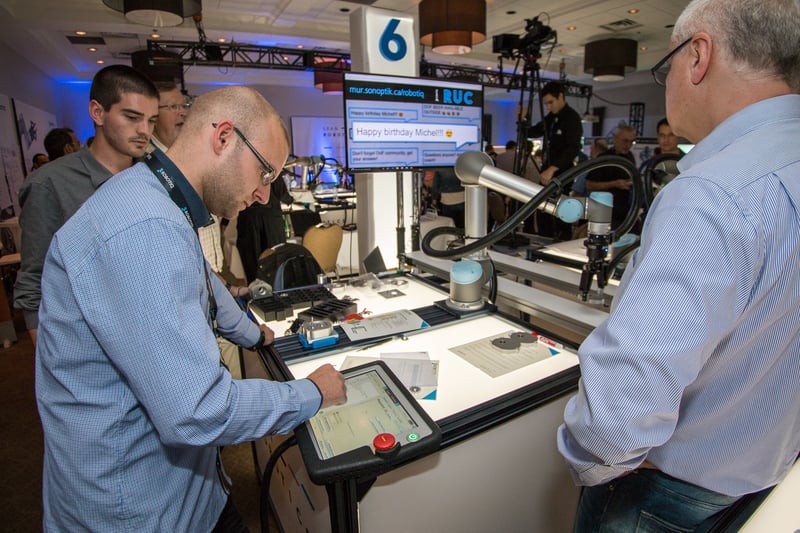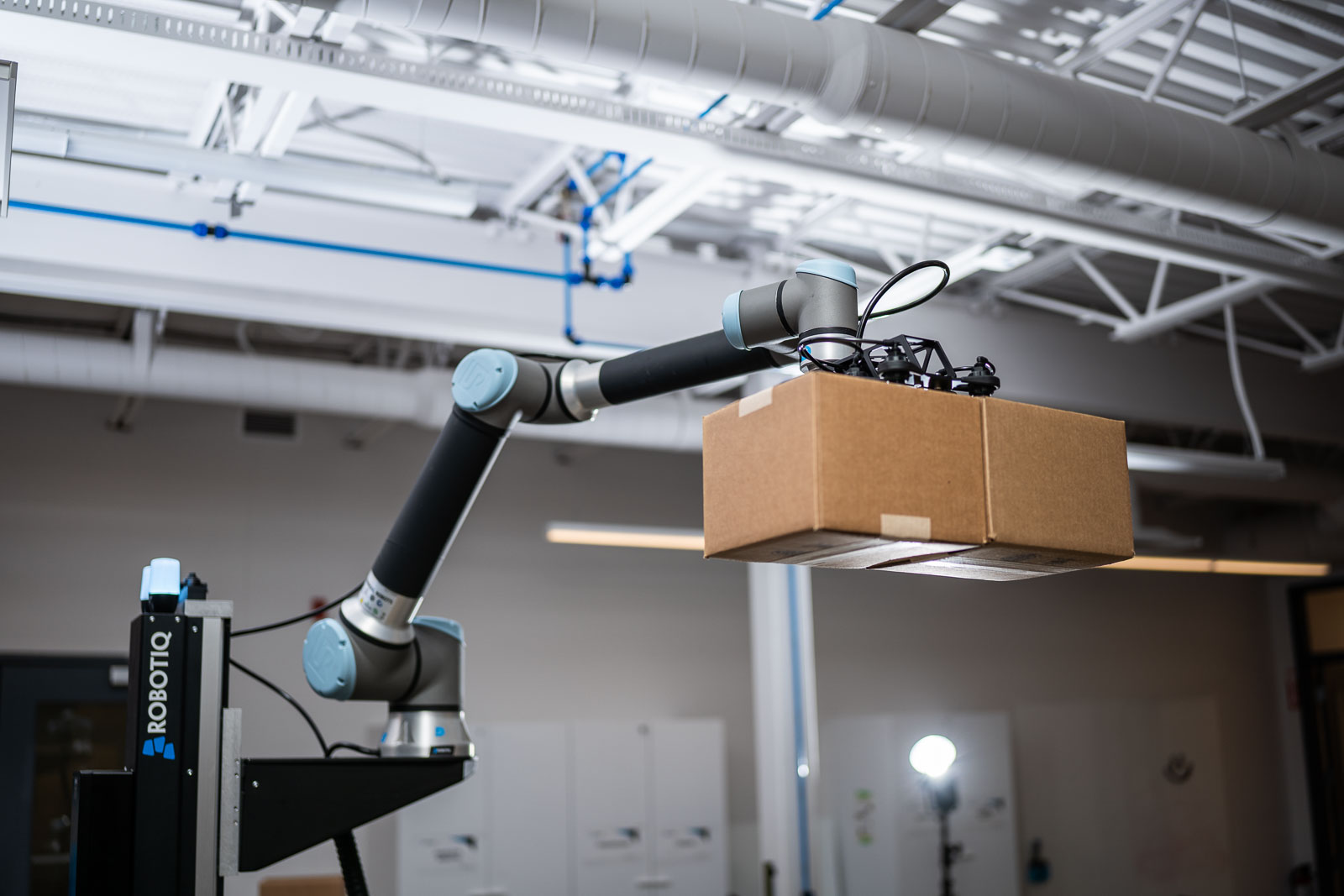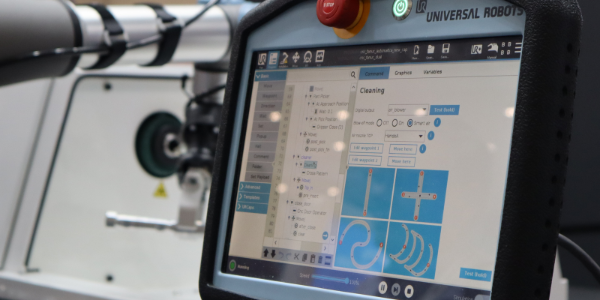Are You Losing Money by Not Starting Production Faster?

Posted on Apr 24, 2018 7:00 AM. 4 min read time
What's stopping you from getting robots up and running fast? It could be costing your business money.
You've decided you want to add a robot to your business. You know it can improve your productivity, so you want to get the robot up and running – and earning a return on investment – as soon as possible.
But there's a problem. You don't have the expertise or experience to deploy robots quickly. You're worried the deployment will take time out of your normal production activities. You're even more worried that this lost time might eat into your profits and affect customer orders.
So, you add "Get a robot" to your to-do list.
Then, you put it off, and you put it off, and you put it off. You keep thinking that someday soon you'll have enough free time to think seriously about adding a robot to the business. But instead, your diary just gets busier and busier.
 Be warned! Every day you spend without a working robot could be costing you money.
Be warned! Every day you spend without a working robot could be costing you money.
Example case study
Let's take an imaginary company as an example.
Bambosh 3D Printing Co. is a two-person start-up based in Duckburg, Calisota that manufactures 3D printed parts. The company consists of CEO and engineer Emma Keith, and Head of Marketing Adam Rush.
Emma knows she wastes a lot of time manually removing printed parts from the machines. She's seen our case study on Voodoo Manufacturing – a 3D printing manufacturer who set up a machine tending robot and earned an ROI in just six months. Emma would love to achieve similar results for her business.
However, Bambosh 3D Printing Co. is inundated with orders. Emma barely has time to keep up with day-to-day tasks, let alone the hours it would take to learn about robotics, purchase a robot, and deploy it in her business.
Why wasted time = wasted money
If you're thinking about implementing robotics in your business, you probably have a good reason for it. You recognize that part of your process is inefficient, and you think a robot could help improve productivity.
Every hour that this inefficiency exists is potentially losing you money.
CEO Emma knows her production process is inefficient. She knows that she could handle more orders if she didn't have to walk to the printing room every 0.5–2 hours to remove a part from one of the printers.
She does this about 10 times every day, and each time, it takes her away from the rest of her work for 12 minutes. If she pays herself $20/hour, this amounts to $800/month solely for her time spent removing parts from the machines. This figure doesn't even include the extra revenue the business is losing out on due to the productivity restrictions caused by this manual operation!
Emma has been thinking about adding a robot to tend the printers for the last four months. She's been waiting for a lull in the business so she can investigate the idea, but the business is just getting busier. By not dealing with the inefficiency all this time, her inaction has cost the business over $3200 in operating costs over the past four months, and even more in lost revenue.
Why slow robot integrations = wasted money
One solution to Emma's problem would be to spend an hour or so every week working on robot deployment. She could use this hour to gradually learn about robots, purchase a robot, design the cell, and integrate it. The deployment would be slower than if she got some help and devoted all her working time to it. However, her business could continue to produce 3D printed parts at a similar rate, and she would only be giving up an hour of other work per week.
This would be a better approach than inaction. But, this type of slow deployment could lose the business money as well.
Any task that does not create value – and that customers are not willing to pay for – is a non-value-added task. If a robot deployment has too many of these tasks, it can compromise the deployment's effectiveness and impact the ROI of the robot.
People often consider non-value-added tasks during the Operate phase, but ignore them during the rest of the deployment. Emma's daily trips to the printing room are a perfect example of this. However, there are also non-value-added tasks during the Design and Integrate phases of deployment. These can result from a lack of good information about robotics. If Emma wastes time looking for information about robots, this will affect the efficiency of her deployment.
The less time Emma spends on non-value-added tasks, the sooner she'll get her robot up and running – and the sooner she'll see a return on her investment.
How to get your robot to production faster
At Robotiq, we're committed to helping you to get your robot up and running as quickly as possible. We provide several tools and resources to make this possible.
One way Emma could speed up her robotic cell deployment is by getting in touch with us. This allows you to speed up deployment by helping you map your process and connecting you with a cell design coach.
Emma could also download some of our eBooks to fill the gaps in her knowledge.
What's stopping you from getting robots up and running fast? Tell us in the comments below or join the discussion on LinkedIn, Twitter, Facebook or the DoF professional robotics community.



.png)



Leave a comment